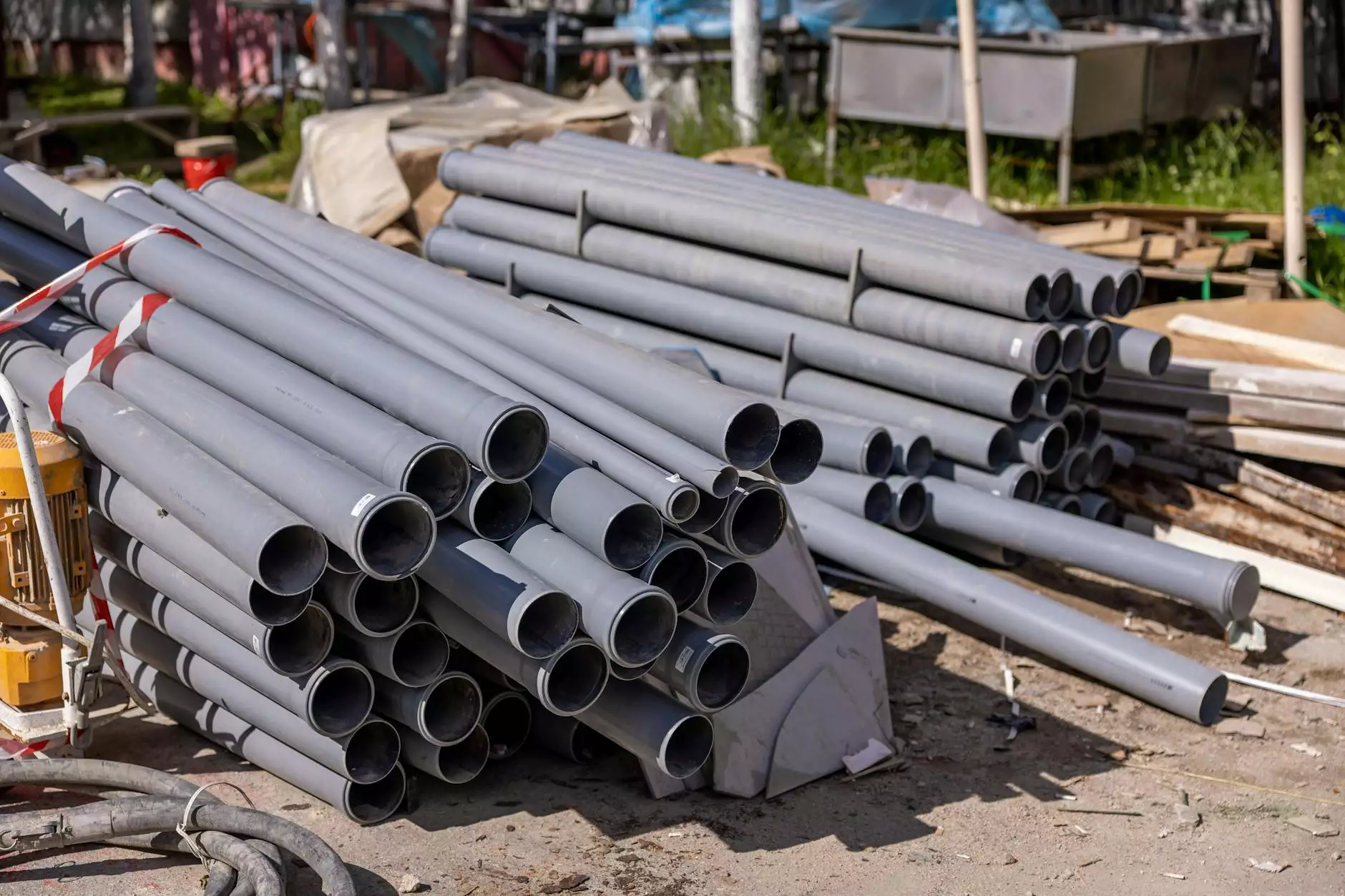Understanding the Automatic Transmission Control Unit (TCU) in Automotive Technology

The Automatic Transmission Control Unit (TCU) is a vital component in modern vehicles, playing a significant role in the seamless operation of automatic transmissions. This article delves into the intricate workings of the TCU, its importance, components, and its impact on the overall driving experience. Whether you're an automotive enthusiast, a technician, or simply curious about how your car functions, gaining insight into the TCU will enhance your appreciation for automotive technology.
What is an Automatic Transmission Control Unit (TCU)?
The Automatic Transmission Control Unit (TCU) is an electronic control unit that manages the automatic transmission of a vehicle. It is responsible for monitoring and controlling the various functions of the transmission, including gear selection, shifting points, and fluid temperature management. The TCU communicates with other vehicle systems to ensure optimal performance and efficiency.
The Role of TCU in Modern Vehicles
In contemporary automotive engineering, the TCU is a sophisticated device that contributes to the following:
- Gear Shifting: The TCU determines the appropriate gear for the vehicle based on factors like speed, engine load, and driving conditions.
- Fuel Efficiency: By optimizing shifting patterns, the TCU helps improve fuel economy, allowing drivers to achieve better mileage.
- Driving Comfort: The TCU ensures smooth transitions between gears, enhancing the overall driving experience and comfort.
- Diagnostics: The TCU constantly monitors transmission performance and can diagnose issues, alerting the driver to potential problems.
The Components of a TCU
The architecture of a TCU includes several critical components that work together to achieve its functionality:
1. Microprocessor
At the heart of the TCU is the microprocessor, which executes algorithms and processes data received from various sensors throughout the vehicle. This component is crucial for making real-time decisions regarding gear shifts and overall transmission management.
2. Sensors
Sensors are an integral part of the TCU system. They provide vital information, including:
- Throttle Position Sensor: Monitors the position of the accelerator pedal, providing input on how much power the driver demands.
- Vehicle Speed Sensor: Tracks the speed of the vehicle, allowing the TCU to adjust gear shifts accordingly.
- Transmission Fluid Temperature Sensor: Ensures the transmission operates within an optimal temperature range to prevent overheating and damage.
3. Actuators
Actuators are responsible for executing the commands sent by the TCU. They control the hydraulic systems that engage and disengage the transmission gears. This is where the transition between gears becomes smooth or abrupt, depending on the effectiveness of the actuators.
How Does the TCU Work?
The operation of the TCU involves a series of complex steps that rely on multiple inputs and outputs:
- The microprocessor receives data from the vehicle's sensors.
- Based on the current driving conditions—including speed, throttle position, and fluid temperatures—the microprocessor calculates the optimal gear to engage.
- Once a decision is made, the TCU sends a signal to the actuators, which adjust the hydraulic pressure to change gears.
- The process is continuous, allowing the TCU to adapt to changing conditions in real-time, ensuring performance and efficiency.
The Importance of TCU in Automotive Performance
Understanding the TCU's function is critical not only for automotive professionals but also for car owners. Here’s why the TCU is essential for vehicle performance:
1. Enhances Driving Dynamics
The TCU plays a crucial role in enhancing the driving dynamics of a vehicle. By refining the gear shift timings and smoothing the transitions, it provides a driving experience that is not just efficient but also enjoyable.
2. Contributes to Vehicle Longevity
Regular monitoring and adjustments made by the TCU help prevent excessive wear and tear on the transmission. This management leads to improved longevity of the automotive transmission system, reducing the frequency of repairs and replacements.
3. Improves Fuel Consumption
In a world driven by the need for better fuel efficiency, the TCU's ability to optimize shifting patterns assists in consuming fuel more efficiently. This is particularly important in today’s market, where consumers are increasingly aware of fuel costs and environmental issues.
Common Issues with TCU
1. Faulty Sensors
If any of the sensors linked to the TCU malfunction, it can lead to incorrect data being fed to the system. This can result in poor performance, such as rough shifting or unintended gear changes.
2. Software Glitches
As with any computer-based system, the TCU's software can encounter glitches. These issues may require debugging through firmware updates or reprogramming.
3. Wiring Problems
Damaged or corroded wiring can impede communication between the sensors and the TCU, leading to erratic behavior in the transmission. Regular vehicle inspections can help identify these issues before they escalate.
Troubleshooting TCU Problems
When issues arise, it’s crucial to have a methodical approach to troubleshoot and resolve them:
- Check for Diagnostic Trouble Codes (DTCs) using an OBD-II scanner. This will provide insight into any malfunctions present in the system.
- Inspect the wiring and connectors associated with the TCU to ensure they are in good condition.
- Test the sensors using a multimeter to confirm they are operating correctly.
- If necessary, consult a professional mechanic or transmission specialist for a comprehensive diagnosis.
Future of TCU Technology
As the automotive industry continues to evolve with advancements in technology, the future of TCU systems is promising. Some trends shaping the future of TCUs include:
1. Integration with Advanced Driver Assistance Systems (ADAS)
The integration of TCU with ADAS technologies will provide enhanced control over vehicle dynamics, allowing for features such as adaptive cruise control and automated shifting based on the driving environment.
2. Increased Use of Artificial Intelligence
AI can be leveraged to predict driver behavior and optimize transmission performance even further. This would lead to highly personalized driving experiences.
3. Greater Connectivity
With the rise of connected vehicles, TCUs may interact with cloud services to gather data on real-time traffic and driving patterns, allowing for even smarter shifting and improved overall performance.
Conclusion
In summary, the Automatic Transmission Control Unit (TCU) is a sophisticated yet essential component of modern automotive technology. It significantly influences vehicle performance, fuel efficiency, and the overall driving experience. Understanding its functionality and keeping an eye on potential issues can help vehicle owners maintain their cars effectively. As technology continues to advance, the TCU's role will undoubtedly grow, further enhancing the capabilities and experiences of automobile users worldwide.
For high-quality automotive parts and supplies, including TCUs, feel free to browse Shenghai Auto Parts, where you will find reliable products that enhance your vehicle's performance and longevity.









